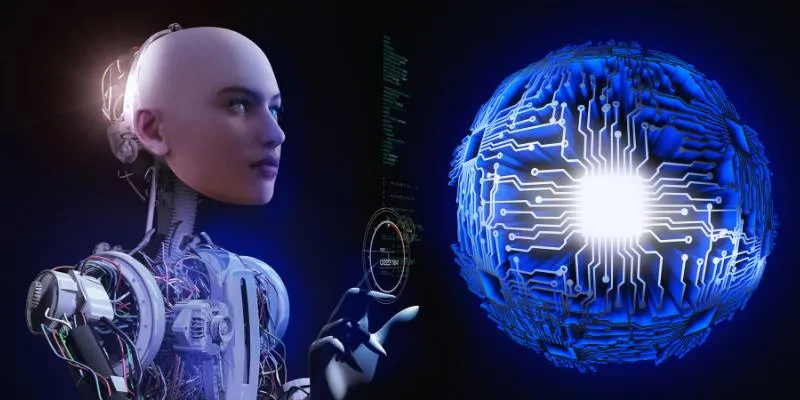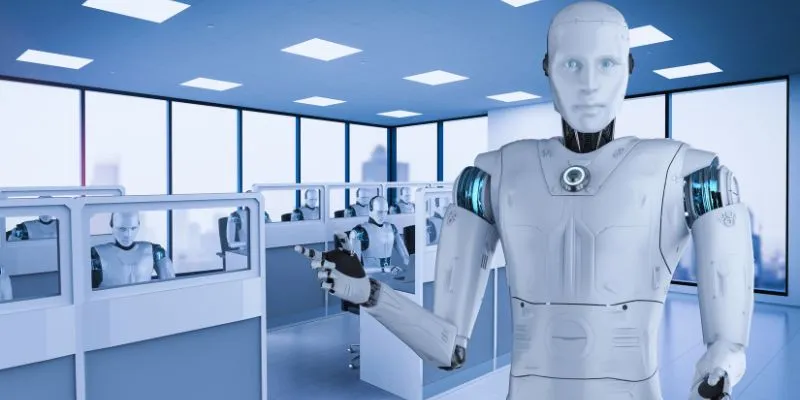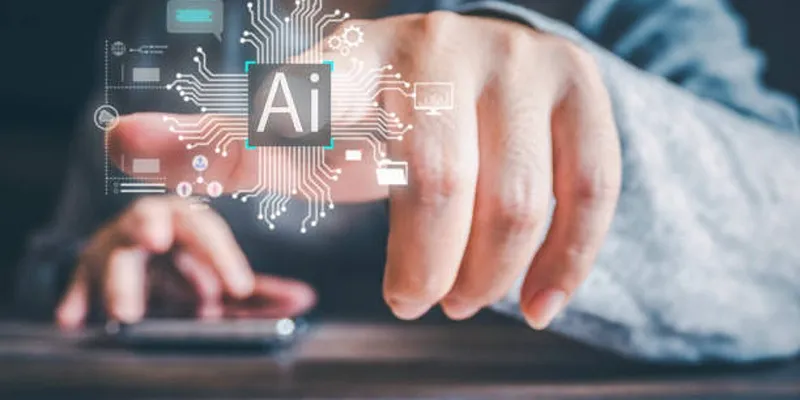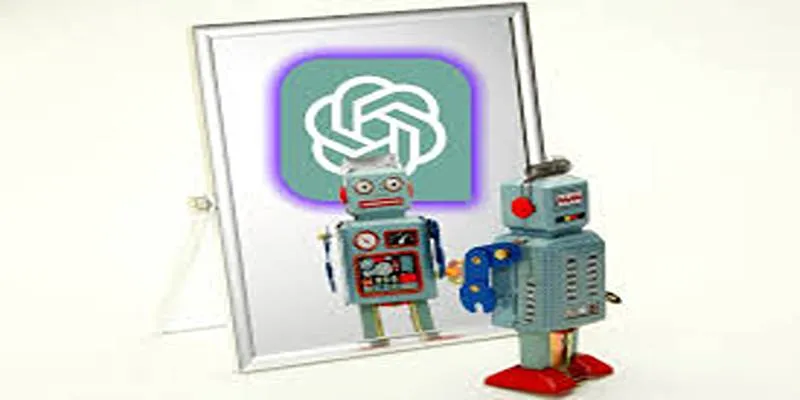Artificial intelligence (AI) is only as smart as the data it learns from, and that data doesn’t organize itself. Behind every well-trained AI system is a human trainer fine-tuning its responses, catching mistakes, and ensuring it understands the world correctly. AI trainers act as the bridge between raw algorithms and real-world applications, shaping how machines process language, recognize images, and make decisions.
Their role has a direct effect on AI accuracy, fairness, and usability. Without them, AI would be filled with errors, bias, and ambiguity. Recognizing AI trainer roles means understanding the unseen human work behind artificial intelligence being intelligent.
What Do AI Trainers Do?
At its core, AI training involves inputting data into a machine learning model to enable it to identify patterns and make reliable predictions. AI trainers perform the critical function of prepping and perfecting the data so that the model interprets it correctly. The process encompasses labeling datasets, checking AI-provided outputs, and fixing errors to enhance performance over time.
For instance, in natural language processing (NLP), AI trainers work with chatbots and voice assistants, instructing them to understand human language. They analyze answers, identify mistakes, and fine-tune training data to improve accuracy. In computer vision, AI trainers assist models in recognizing images by labeling objects with precision, enabling an AI system to differentiate between a cat and a dog accurately.
The role also includes bias detection and mitigation. AI trainers must ensure that the data is representative and diverse, preventing models from forming prejudiced or incorrect patterns. This is particularly critical in areas such as hiring, finance, and healthcare, where biased AI can make skewed decisions with real-life implications.
Another significant duty is reinforcement learning, where AI trainers provide feedback to models on their outputs. This process of fine-tuning enables artificial intelligence to become increasingly responsive to human needs over time. Without AI trainers, interpreting data accurately using AI would be challenging, resulting in errant decision-making.
The Skills and Tools AI Trainers Need
Becoming an AI trainer requires a unique combination of technical and analytical skills. While they don’t necessarily need to be expert programmers, AI trainers should have a solid understanding of machine learning principles and model functionality. Their primary tool is data, and they must be proficient in working with large datasets, organizing information, and identifying inconsistencies.

A major skill in this field is annotation. Since AI models learn by example, AI trainers must carefully label data to ensure accurate learning. This process involves tagging text, images, audio, and video files so that AI systems can recognize patterns correctly.
Critical thinking is another key requirement. AI trainers must constantly evaluate a model’s performance and pinpoint areas for improvement. This often means questioning data sources, checking for biases, and making adjustments to ensure balanced training.
In terms of tools, AI trainers work with annotation software, machine learning platforms, and model training environments. They use tools like TensorFlow, PyTorch, and cloud-based AI services to track model performance and refine outputs. Additionally, AI trainers collaborate with developers and data scientists, providing insights that shape AI models for real-world applications.
Challenges in AI Training
Despite its importance, AI training comes with significant challenges. One of the biggest hurdles is ensuring high-quality data. AI models are only as good as the data they are trained on, and if that data is incomplete, biased, or inconsistent, the model will inherit those flaws. AI trainers must carefully curate datasets to avoid these issues, which can be time-consuming and complex.
Another challenge is keeping up with evolving AI technologies. Machine learning is advancing rapidly, meaning AI trainers must continuously update their knowledge to stay relevant. New algorithms and training techniques emerge regularly, requiring professionals in this field to adapt quickly.
Bias mitigation is another major concern. If the training data lacks diversity, AI models can unintentionally develop biased patterns. AI trainers must actively work to identify and correct these biases, ensuring that models make fair and ethical decisions.
Additionally, AI trainers often deal with repetitive tasks, such as manually reviewing outputs and labeling large datasets. While automation is helping to ease some of this burden, human oversight remains essential to maintain accuracy.
The Growing Demand for AI Trainers
As artificial intelligence continues to expand into various industries, the demand for AI trainers is on the rise. Companies developing AI-powered tools and services require skilled professionals to refine their models and improve accuracy. From customer service chatbots to advanced healthcare diagnostics, AI trainers ensure that machine learning systems function correctly and ethically.
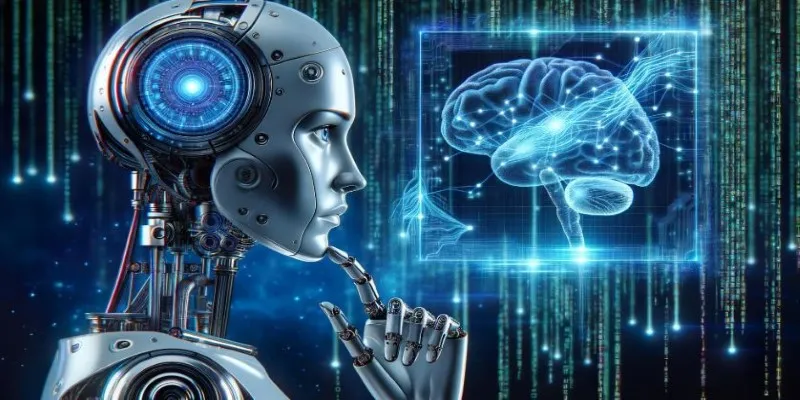
Industries such as finance, e-commerce, and autonomous technology increasingly rely on AI trainers to enhance decision-making algorithms. For instance, financial institutions use AI to detect fraudulent transactions, but without proper training, these systems might flag legitimate purchases or overlook actual fraud. AI trainers play a key role in fine-tuning these models, reducing errors, and increasing reliability.
This rising demand presents new career opportunities for those interested in AI but without advanced programming skills. Many organizations offer AI training roles to individuals with backgrounds in linguistics, data analysis, and even social sciences. As AI development continues, the need for skilled trainers will only grow, making this profession an essential part of the artificial intelligence ecosystem.
Conclusion
AI trainers are the invisible force behind every well-functioning AI system, ensuring that machines learn accurately and ethically. Their work shapes how AI understands language, recognizes patterns, and makes decisions, impacting industries from healthcare to finance. Without skilled trainers refining data, correcting biases, and improving responses, AI would struggle to function effectively. As artificial intelligence continues to evolve, the demand for AI trainers will only grow, highlighting their critical role in shaping technology’s future. Their expertise ensures that AI remains a reliable, fair, and intelligent tool capable of enhancing human lives rather than complicating them.
 zfn9
zfn9



